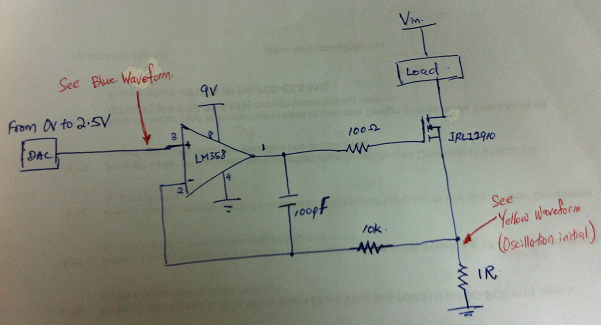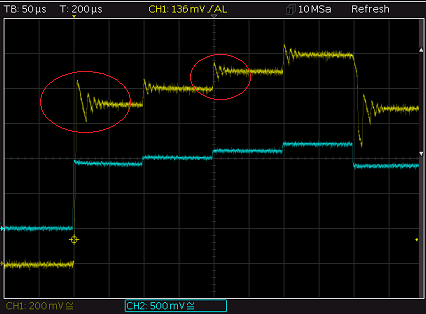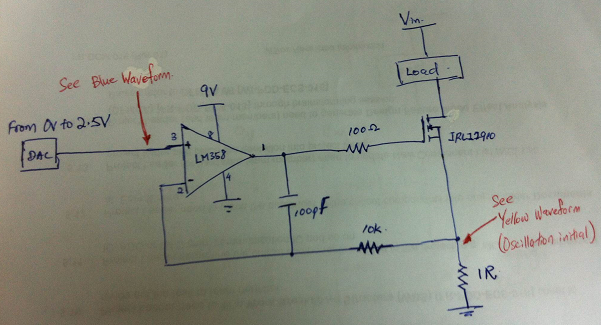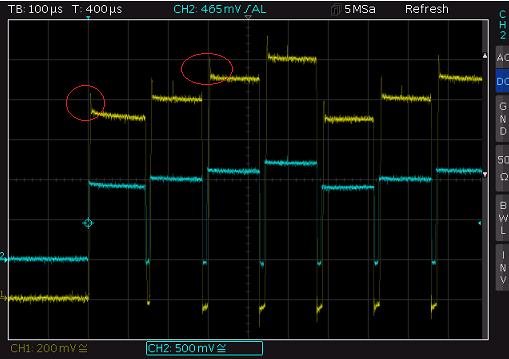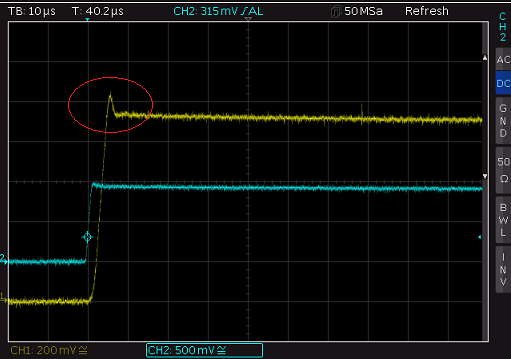Other Parts Discussed in Thread: LM358
Hi Ti,
Currently facing some issues with the LM358A oscillation. Can you share with me how to filter out or reduce this oscillation from below schematic. The waveform also provided for your further reference. Please help to advise.


